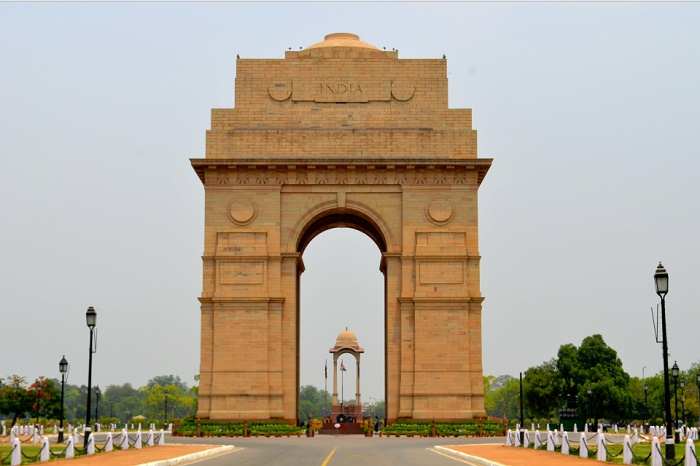
India Gate is one of the most famous landmarks in Delhi, built as a war memorial in honor of Indian soldiers who died during World War I. Standing 42 meters tall, this grand arch is surrounded by beautifully maintained gardens, making it a popular evening spot. Families, tourists, and locals gather here to enjoy picnics and the lively street food around. At night, the monument is illuminated, creating a stunning view. Located in central Delhi, it is close to Rashtrapati Bhavan and Connaught Place. The Amar Jawan Jyoti, burning eternally beneath it, adds to its patriotic significance.
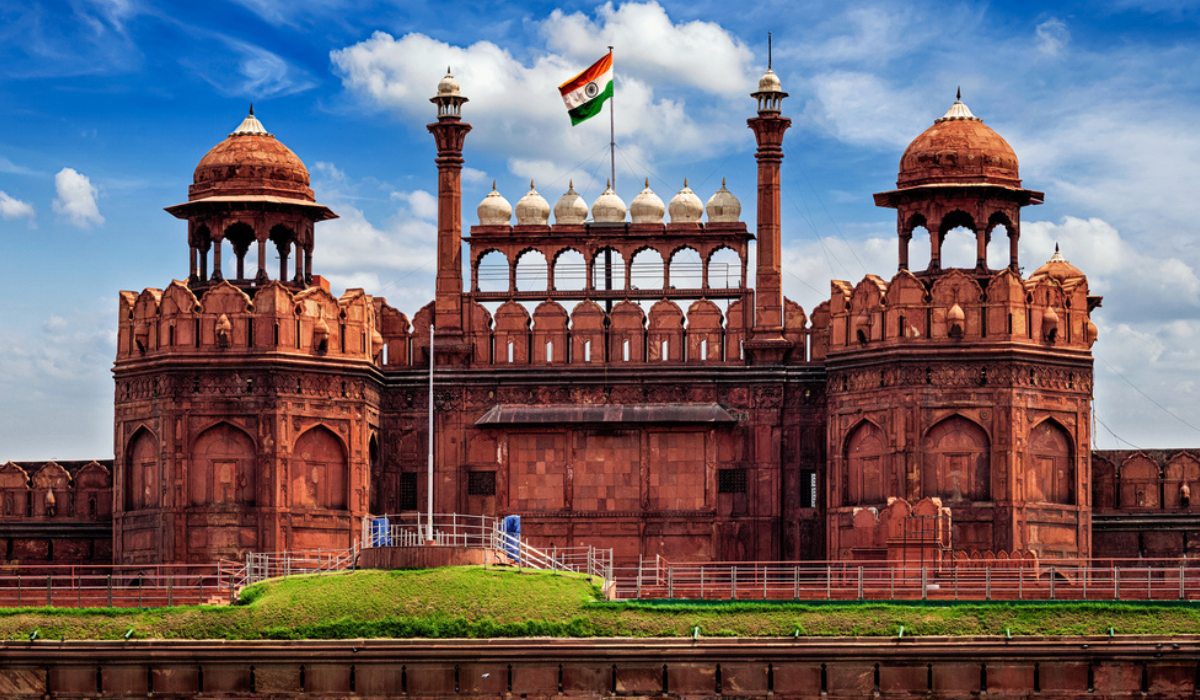
The Red Fort is a UNESCO World Heritage Site and a masterpiece of Mughal architecture built by Emperor Shah Jahan in 1648. Its massive red sandstone walls, stretching over 2 kilometers, reflect strength and grandeur. Inside, visitors can explore palaces, halls, museums, and gardens. The fort is also the site where the Prime Minister hoists the national flag every Independence Day. A light-and-sound show in the evening narrates the fort’s rich history. Its blend of history and architecture makes it a must-visit attraction.
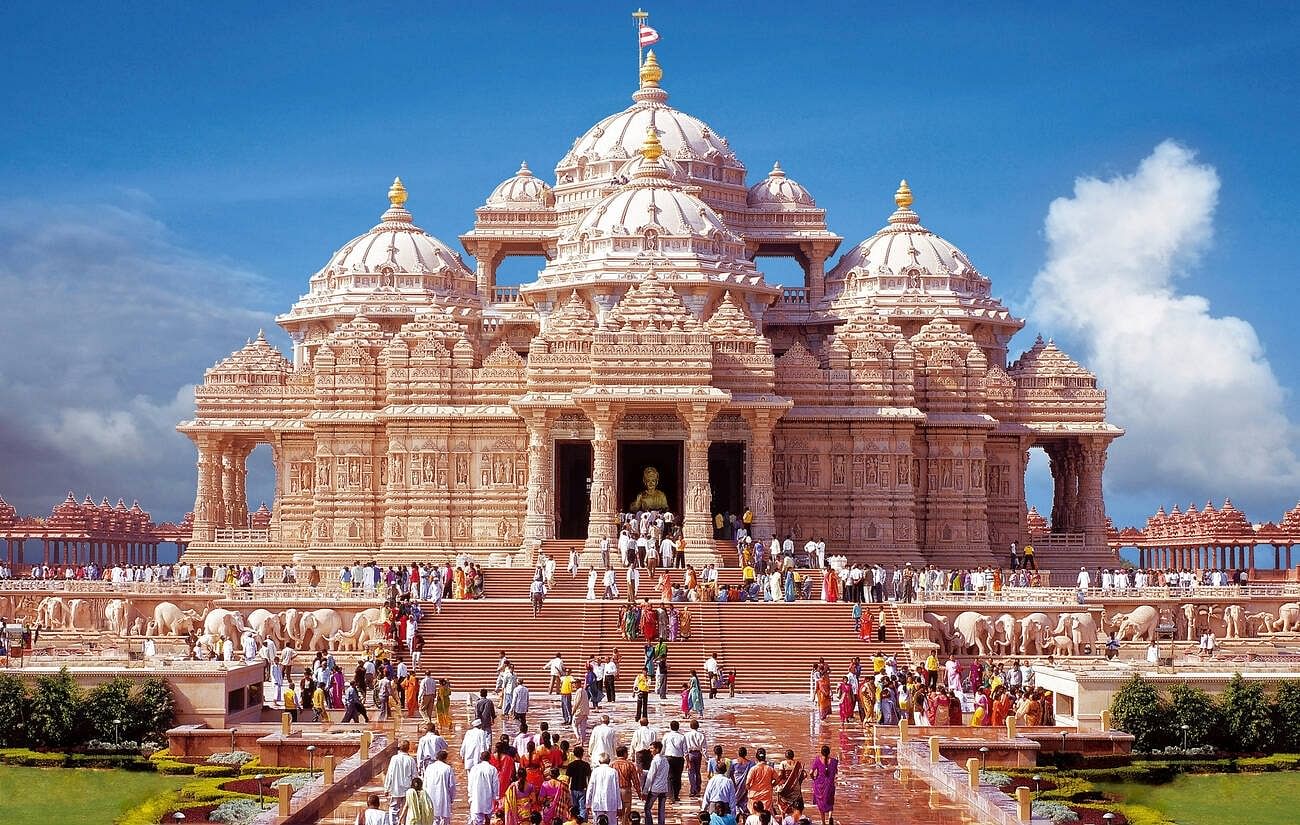
The Akshardham Temple is one of the largest and most beautifully designed Hindu temples in the world. Opened in 2005, it is dedicated to Swaminarayan and showcases India’s rich culture, traditions, and spirituality. The temple’s intricate carvings, stone sculptures, and grand architecture are breathtaking. Visitors can enjoy exhibitions on Indian heritage, boat rides narrating ancient history, and the mesmerizing evening musical fountain show. Surrounded by gardens and a peaceful environment, it offers both spiritual and cultural experiences. It is a modern wonder that attracts millions of tourists each year.
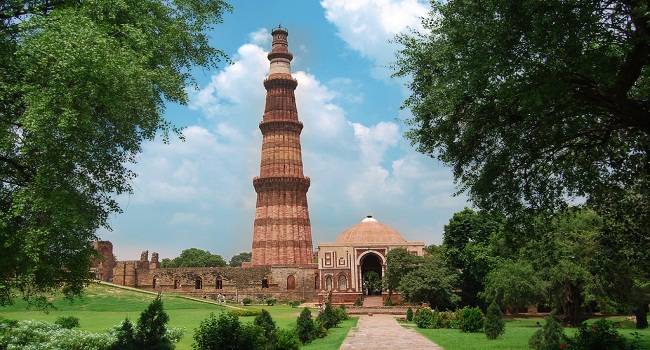
Qutub Minar is the tallest brick minaret in the world, standing at 73 meters, and is another UNESCO World Heritage Site in Delhi. Built in the 12th century by Qutb-ud-din Aibak, it is a stunning example of Indo-Islamic architecture. The minaret is surrounded by historical monuments like the Quwwat-ul-Islam Mosque and the Iron Pillar, which has never rusted in centuries. Its intricate carvings and verses from the Quran etched on its walls attract history enthusiasts. The lush gardens around make it an enjoyable spot for families. It remains one of the most visited heritage sites in Delhi.
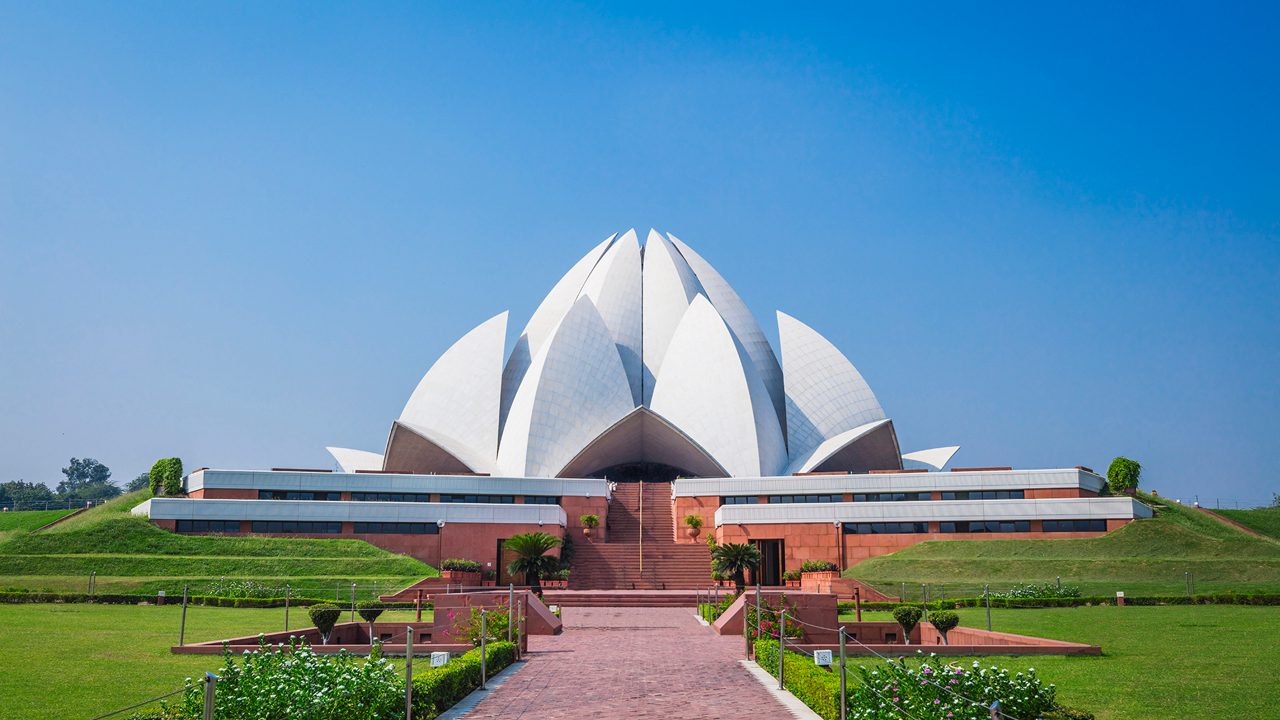
The Lotus Temple, also known as the Bahá’í House of Worship, is famous worldwide for its stunning lotus-shaped architecture. Made of white marble, it attracts millions of visitors every year. Unlike traditional temples, it is open to people of all religions and promotes peace, meditation, and harmony. The serene atmosphere inside offers a calming experience away from Delhi’s chaos. Surrounded by beautiful gardens and pools, it is a perfect place for relaxation. Its unique design has also won several architectural awards, making it a highlight for architecture lovers.
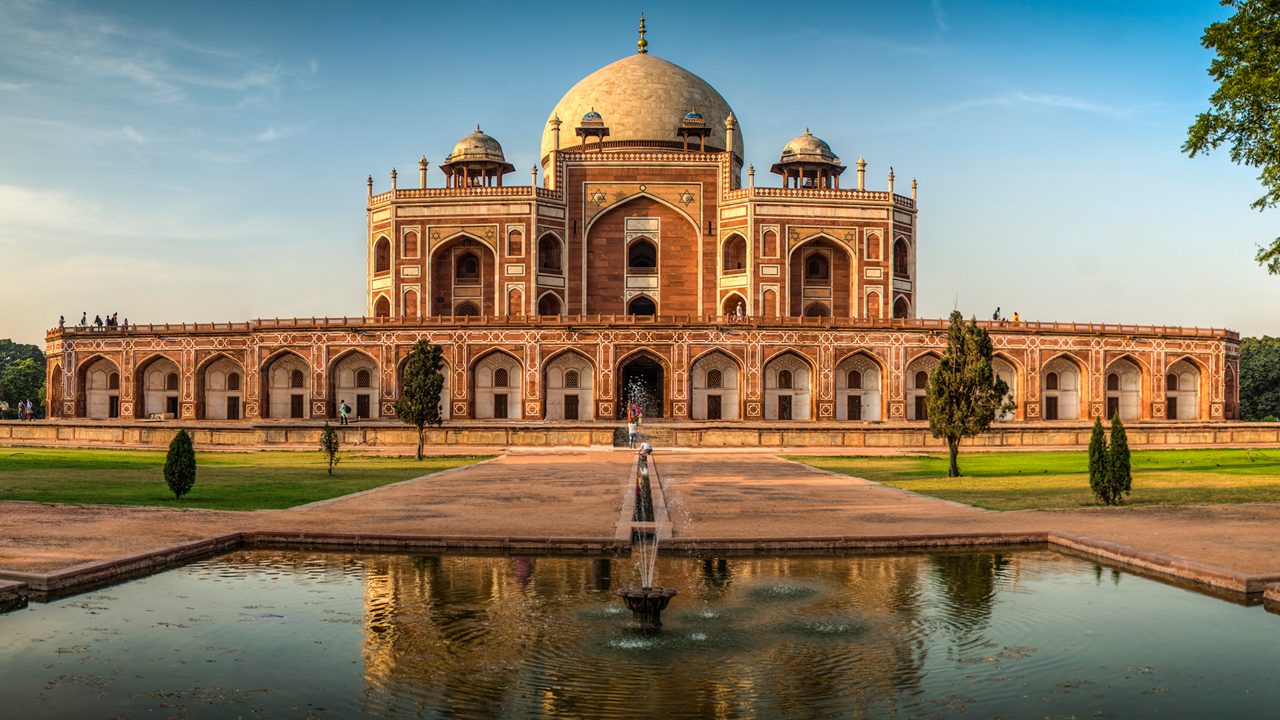
Built in the 16th century, Humayun’s Tomb is a splendid example of Mughal architecture and is considered a precursor to the Taj Mahal. The monument is set amid lush Charbagh-style gardens, offering a peaceful environment. It was commissioned by Humayun’s widow, Empress Bega Begum, and is the first garden-tomb in India. The structure combines Persian and Indian architectural styles with red sandstone and white marble. As a UNESCO World Heritage Site, it holds great historical importance. A visit here provides both history and scenic beauty.
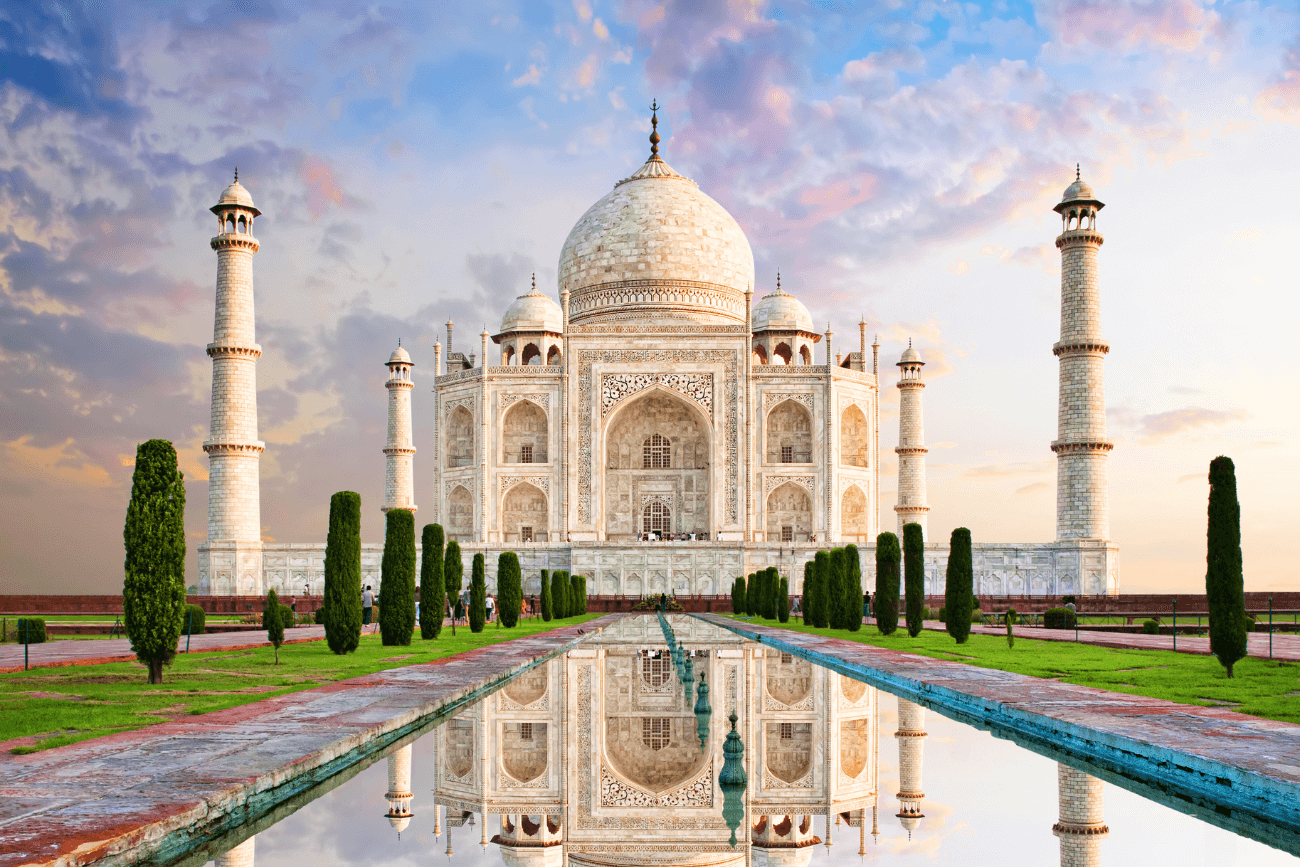
The Taj Mahal, located in Agra, India, is one of the most iconic monuments in the world and a UNESCO World Heritage Site. Built by Mughal Emperor Shah Jahan in memory of his wife Mumtaz Mahal, it symbolizes eternal love. Constructed from white marble, the mausoleum is renowned for its stunning architecture, intricate carvings, and symmetry. The monument beautifully reflects changing hues with sunlight and moonlight, making it a timeless wonder admired by millions every year.